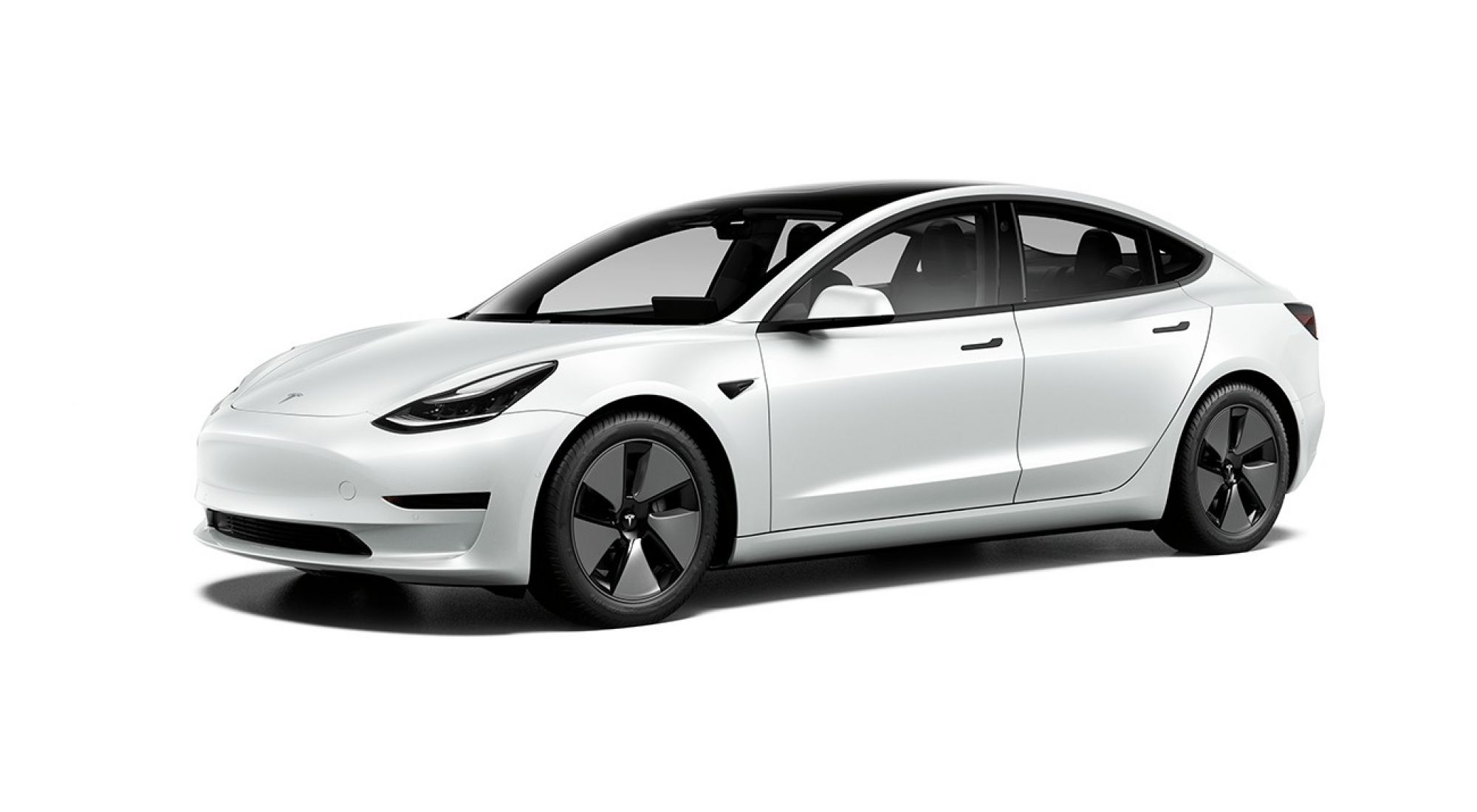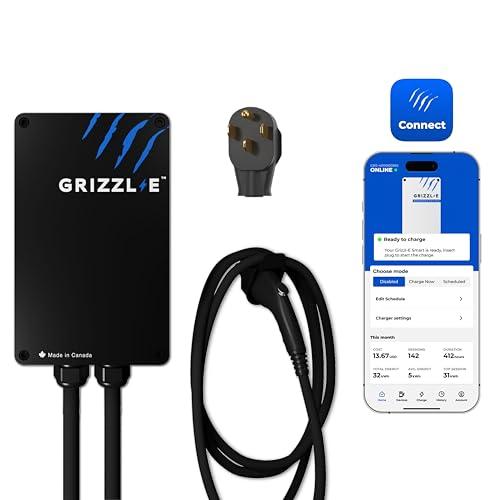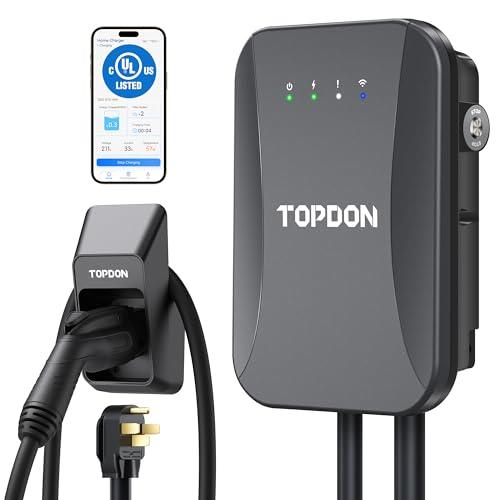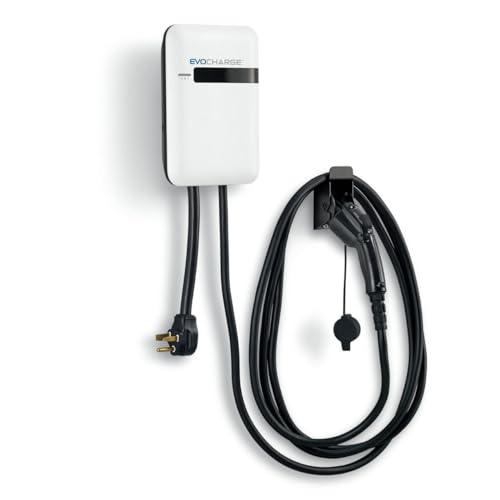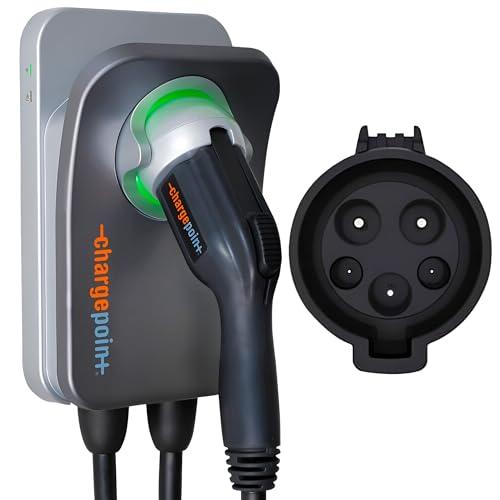Time
How long to wait?
To drive an electric car confidently, you need to know exactly when to recharge it and how long it will take. So you don't have to waste time looking for information on the internet or check consumption on your own, there are special calculators for electric cars. Such calculators perform three main tasks:
- Calculation of electricity consumption;
- Charging time;
- The financial cost of electricity.
EV charging time calculator for not only Model 3
This calculator has a sufficient base of makes and models of electric cars. Select the model and make of the car to calculate the waiting time. At the moment more than 50 brands are available, in addition to Tesla Model 3.
Next, you need to select the charging option and its power. After selecting all the parameters, the calculator will calculate the following data for the Tesla Model 3:
- Standby time and charging speed;
- Financial costs;
- The amount of energy charged as a percentage and in KW;
- Approximate driving time;
- Electricity consumption per hour;
- Electricity consumption per 100 miles;
- Approximate distance to next recharge;
The calculator for the Tesla Model 3 handles all the data accurately because it uses the reliable specifications of each unit.
Benefits of Charging Time Calculations
A big advantage of EV Charging is its extensive base of electric vehicles and the accuracy of the calculation. Most alternative calculators are limited to a few models, and some, make the calculation only for the Tesla model 3.
How long does it take to fully charge Tesla Model 3?
| Tesla Model 3 Long Range RWD | Tesla Model 3 Mid Range | Tesla Model 3 Standard Range Plus | |
|---|---|---|---|
| 16 Amp EV charger | 12 h 28 min | 10 h 18 min | 8 h 19 min |
| 24 Amp EV charger | 8 h 10 min | 6 h 45 min | 5 h 27 min |
| 50 Amp EV charger | 4 h 07 min | 3 h 24 min | 4 h 06 min |
Other types of charging are also available on the calculator page.
How Tesla is charging its cars at home?
There are a few different types of Tesla chargers, and each has its own advantages and disadvantages. We reviewed them along with alternative Tesla home chargers, where our customers sometimes favor ChargePoint. Here's a rundown of your options:
Standard Tesla Wall Connector
The standard Tesla wall connector is the most common type of charger. It plugs into a 240-volt outlet and can provide up to 16 amps of current, for a charging rate of up to 7.5 kilowatts. This charger is included with every new Tesla, and most owners find it more than adequate for their needs.
However, the standard wall connector can be quite bulky, and it's not always easy to find a 240-volt outlet near your parking spot. If you don't have a good spot to install the connector, or if you need to charge your Tesla quickly, you may want to consider one of the following alternatives.
Tesla Mobile Connector
The Tesla mobile connector is a portable charger that can be used anywhere there's an outlet. It plugs into a standard 120-volt outlet and provides up to 16 amps of current, for a charging rate of up to 1.9 kilowatts. The mobile connector is included with the purchase of a Tesla, and it can also be purchased separately.
This charger is convenient because it's small and easy to take with you, but it can't provide as much power as the standard wall connector. It's a good option if you need to charge your Tesla on the go, but it's not as efficient as a home charger.
